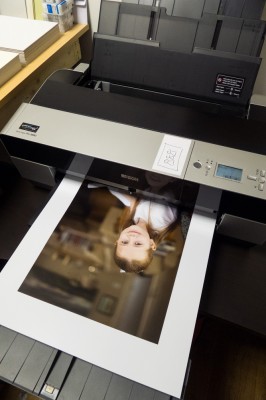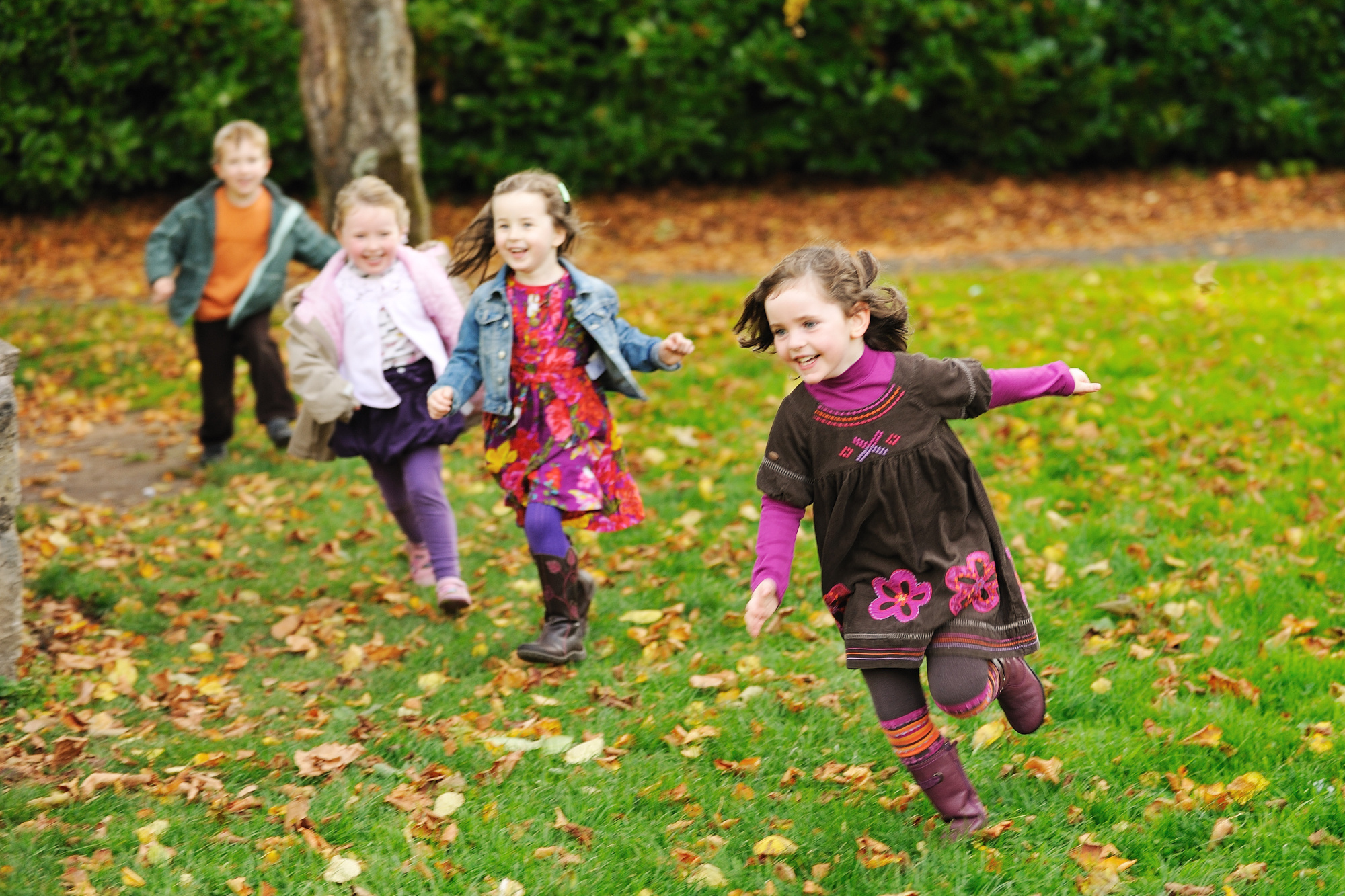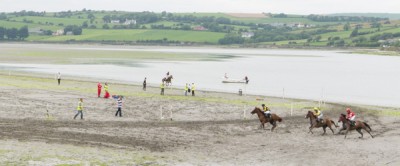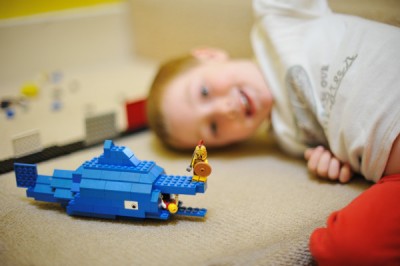
In a digital age many people are still surprised that by far the majority of my photographs are delivered as prints.
I think it’s part of a full professional service that you get a professional product and not something that’s not ready for you to enjoy.
Most of my customers share the appreciation for a good print and they deserve to make the most of their images once we went to so much effort to create them together.
About two years ago we brought our printing in-house. That means that every thing up to a 20″ print (A2 paper size) is printed in-house.
It’s a quality thing. It’s about being in control of the whole end-to-end process of delivering my images to my customers. A lot of effort goes into capture (taking the picture with the best equipment and with optimal settings, good composition and great engagement) and then the post-processing of images to make them shine, so why would I give up the transfer of all that perfection to someone else.
And there is a huge variation to printing. Between the mapping of colour to ink and paper types to the handling and mounting of the prints, there are a lot of subjective decisions which I don’t want to leave to chance.
So bringing printing in-house was a big step. Not only buying a good printer but choosing paper stocks and learning how to get the best from my end-to-end set up.
I call it ‘hand printing’ because it’s a craft process. It may be less ‘hands-on’ than the traditional film/paper/chemical proccesses which I grew up with but in actual fact the inclusion of the computer is all that’s changed. The level of control and the ambition to create the perfect print is the same. The ability to print exactly how you see your print in your mind is the same.
Every print we produce goes through the same process. Each is printed on archival, acid free, fine art papers. The ink-paper combination is designed to last for generations if properly looked after. I also print on more specialist matt papers if it suits the image and the application. Each print is checked (and re-worked if necessary) and mounted in quality framers mounts.
If you choose a framed print, we can supply custom-made frames from a local framer or a small range of stock frames (also sourced locally).
You can also buy the high resolution images and produce your own prints – they cost about the same as print of equivalent resolution – but we can’t stand over the quality of the printer you choose.
How you display your images has a huge impact on whether you get to enjoy them. My images of your family deserve the best and our in-house process is designed to do just that.





